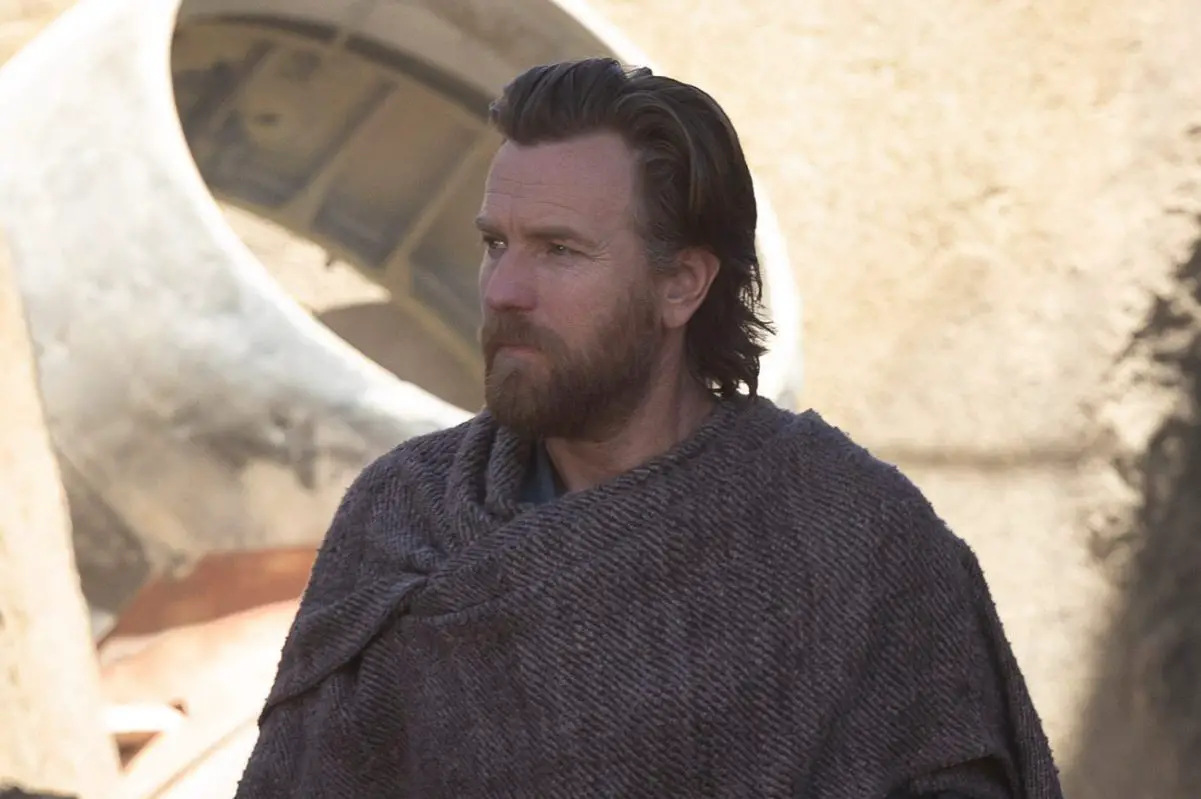The May 27 debut of “Obi-Wan Kenobi” on Disney Plus marked the first live-action return to the “Star Wars” prequel trilogy in 17 years. While the series welcomed the return of Darth Vader, Princess Leia and Ben Kenobi, it also debuted a landmark new addition to a galaxy far, far away in Moses Ingram’s Third Sister Inquisitor Reva. Reva is only the third visibly Black female character with more than a few lines or moments of screen time.
It’s no secret that “Star Wars” has had a poor track record with diversity, especially with female characters of color. “Solo: A Star Wars Story” featured Thandiwe Newton’s Val who was killed off early in the film to help develop Woody Harrelson’s character — yes, the first major visibly Black female character in “Star Wars” was killed off for the sake of spotlighting her white partner’s role in the movie. The final film of the Skywalker Saga, “The Rise of Skywalker,” introduced Naomi Ackie’s character Jannah which, while a welcome addition to the franchise, felt like a forced love interest for John Boyega’s character, Finn. This seemed an odd message after Finn’s character was yelling for Rey the entire trilogy, only for them to introduce a Black female character in the final film simply to be his love interest, because Rey had to fall in love with a white male lead instead. This excludes Lupita Nyong’o’s performance as Maz Kanata. Oh yes, Lucasfilm is still not forgiven for casting the remarkable Nyong’o strictly for motion capture in an overwhelmingly white Galaxy clearly not too far, far away after all.
Not only is Ingram’s Reva one of the few major Black female characters in “Star Wars,” but she’s also the first Black female villain of the franchise. Now while this is commendable, it must be known that writing Reva had to be done delicately; Ingram’s performance isn’t just difficult because she’s one of few Black female villains in major media today, but because she carries the weight of a historically sexist and racist fan base. This caution clearly wasn’t considered, as following the launch of the series’s premiere, Ingram received a heavy amount of racist comments from the fan base — even to the point that her white costars Hayden Christensen and Ewan McGregor noticed and commented on her behalf.
“Star Wars” has always been potently political. Since 1977, the Sith’s totalitarian regime, apparel and branding have made it no secret that its inspiration is the Nazi Party of the mid-20th century. However, a particular plot device in the third episode of “Obi-Wan Kenobi” inspired by real-world events has not only been weak but incredibly insensitive.
After fleeing the Inquisitors, Ben Kenobi and a young Leia Organa board a cargo ship to a mining planet to seek help from Kumail Nanjiani’s character, Haja. Conveniently and wildly familiar, even in another galaxy characters of color are still supporting characters for white leads. That aside, when they arrive on the mining planet, they find a Jedi safe house that exists as a part of an underground system that allows hunted Jedi to get to safety. Certainly, this sounds familiar: “Star Wars” has taken on and perhaps appropriated the stories of the Underground Railroad, and the optics are horrendous. Two white characters were given directions to a place of refuge by apparently the only Pakistani character in the entire “Star Wars” galaxy, only to then be hunted down in said safe house by Reva.
To recap, two white characters seek refuge in a Jedi liberation system mirroring the Underground Railroad and are being hunted down by the first Black female villain in “Star Wars.” This role reversal is not just wildly insensitive but also blatantly ignorant. Disney projects especially require a large number of people to sign off— it begs the question of how could something so majorly horrendous happen?
The worst part of this writing is how incredibly uninspired it is. Yes, I would believe there are grounds to tell a version of this story. It could be empowering, creative and even start a proactive conversation if done right. Instead, it’s forgettable and lazy. It doesn’t even work for Ben Kenobi and Leia, as they’re found by Reva and Darth Vader rather quickly. It’s almost as if uncreatively reworking the Underground Railroad with the races flipped wasn’t at all worth the risk it took. Moreover, it doesn’t even seem like a creative risk that didn’t pay off, but more of a lazy mistake. It’s a shame something at least a tad more creative wasn’t considered, as the subversion of racialized tropes and roles, especially with Black characters, has been explored remarkably in the past.
Melvin Van Peebles’ 1971 film “Sweet Sweetback’s Baadasssss Song” and Gordon Parks’ 1971 film “Shaft” both created a new film genre: Blaxploitation. Each film featured suave and clever Black men with true agency in their leading roles and even had them take on white foes in major action sequences. While each film featured a different tone and plot, they both allowed Black audiences to feel represented with a new level of agency and authenticity they hadn’t had previously.
Both films flipped the roles; no longer were these Black characters playing a supporting role to their privileged white counterparts, but they challenged them in confrontations, interrogations and action sequences. These films found incredible success because of their boldness — and the level of Black creative control behind the camera; both films feature Black directors. It was remarked that prior to the release of these films, Black characters were written for white audiences; the release of these two films marked a significant shift.
Unfortunately, this newly empowered Black audience was exploited by white studio heads that began to produce incredibly inexpensive and insulting features, including “Blacula” and “The Black Gestapo.” The highly profitable Blaxploitation era uplifted economically vulnerable movie studios throughout the 1970s until the arrival of blockbusters like “Jaws” and none other than 1977’s “Star Wars.”
“Obi-Wan Kenobi” was released 45 years after the first “Star Wars” film. It’s a shame that nearly half a century later, modern “Star Wars” is lazily writing Black stories the same way that Hollywood used Blaxploitation films to trail the success of Black stories told by Black artists.
















